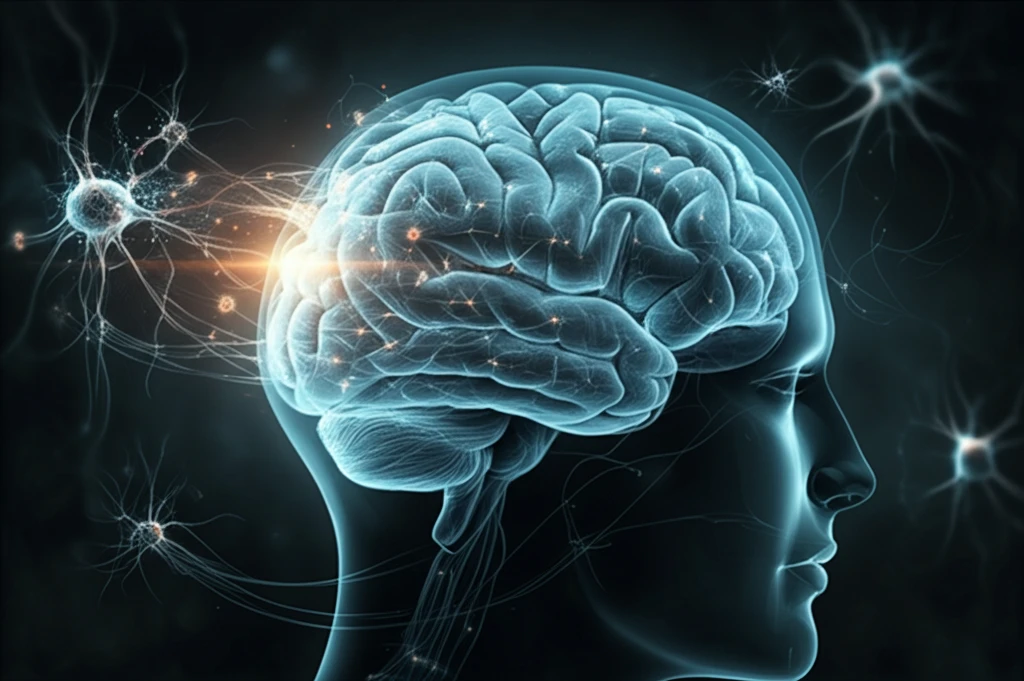
Unlocking the Mysteries of Dementia: How New Biomarkers Could Change Everything
"Cerebrospinal fluid analysis offers insights into frontotemporal dementia spectrum disorders, paving the way for earlier and more accurate diagnoses."
Dementia, a condition characterized by cognitive decline, affects millions worldwide. Among the various forms of dementia, frontotemporal dementia (FTD) stands out as a particularly challenging group of disorders. Unlike Alzheimer's disease, which primarily affects memory, FTD impacts personality, behavior, and language, making early diagnosis and targeted interventions crucial.
Traditional diagnostic methods for FTD often rely on clinical observations and neuroimaging, but these can be subjective and may not always capture the underlying biological processes. In recent years, researchers have been exploring the potential of biomarkers – measurable indicators of disease – to improve the accuracy and timeliness of FTD diagnosis.
A groundbreaking study published in the Journal of Alzheimer's Disease sheds light on the role of cerebrospinal fluid (CSF) biomarkers in patients with FTD. By analyzing CSF samples, scientists have identified key proteins that can differentiate between various FTD subtypes and even distinguish FTD from other neurodegenerative conditions like Alzheimer's disease. This article delves into the findings of this study and explores the exciting implications for the future of dementia care.
Decoding FTD: What the Study Reveals About CSF Biomarkers

The study, conducted by researchers at the Institute of Neurological Sciences of Bologna, Italy, involved a detailed analysis of CSF samples from 141 patients with FTD, 60 patients with Alzheimer's disease (AD), and 38 healthy controls. The team focused on measuring the levels of several key proteins, including:
- Total tau (t-tau): A protein associated with the formation of tangles in the brain.
- Phosphorylated tau (p-tau): A modified form of tau that is also linked to tangle formation.
- Amyloid-β 1-42 (Aβ42): A protein fragment that accumulates in plaques in Alzheimer's disease.
The Future of FTD Diagnosis and Treatment
This study adds to a growing body of evidence supporting the use of CSF biomarkers in the diagnosis and management of FTD. By identifying specific protein signatures associated with different FTD subtypes, researchers are paving the way for earlier and more accurate diagnoses. This, in turn, could lead to more targeted and effective treatments, ultimately improving the lives of individuals affected by these devastating disorders.
